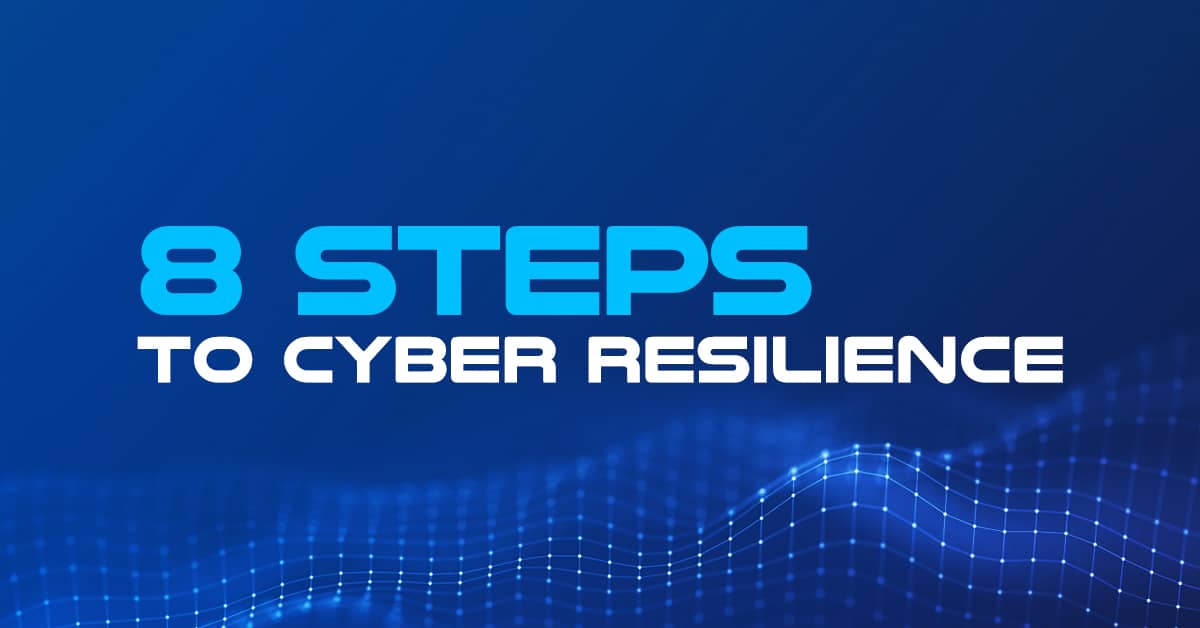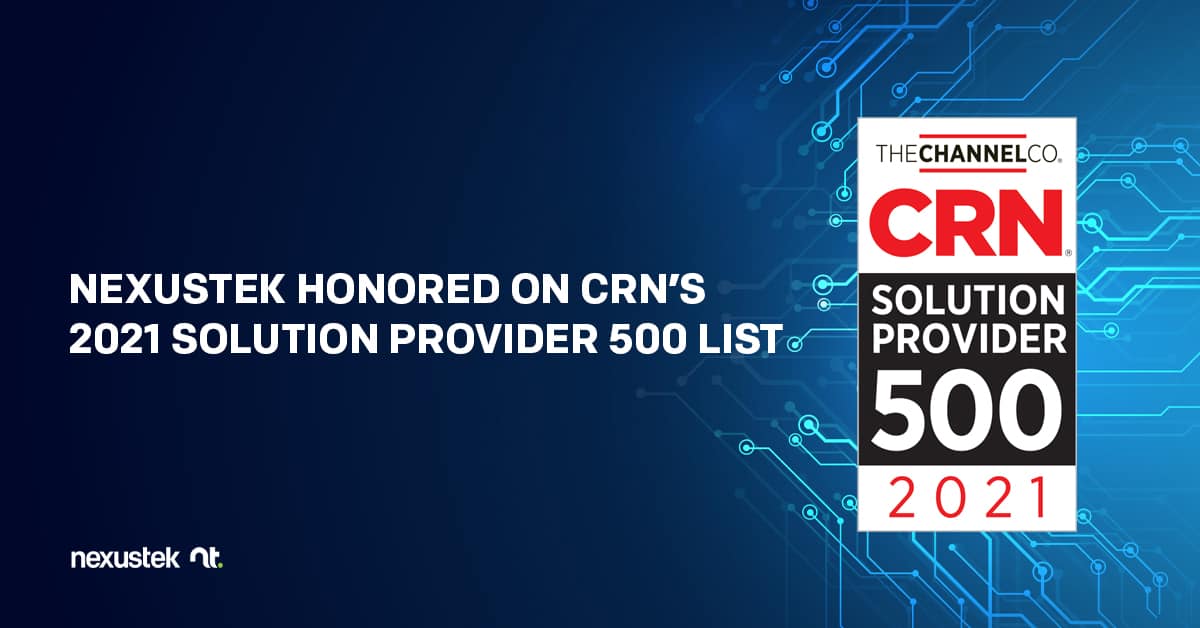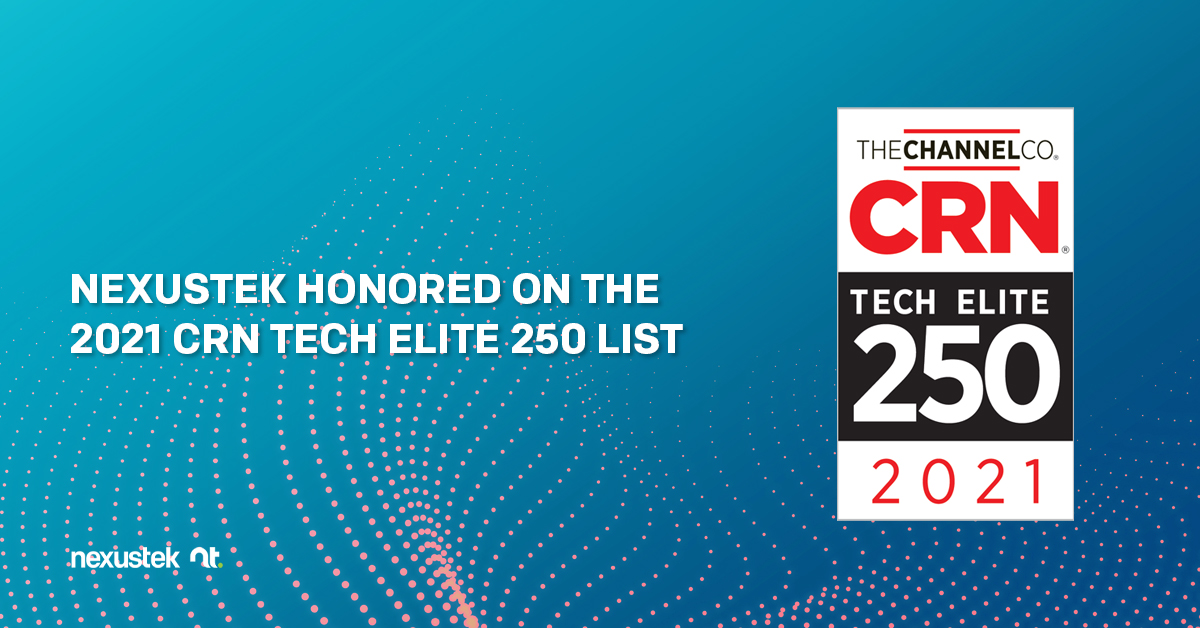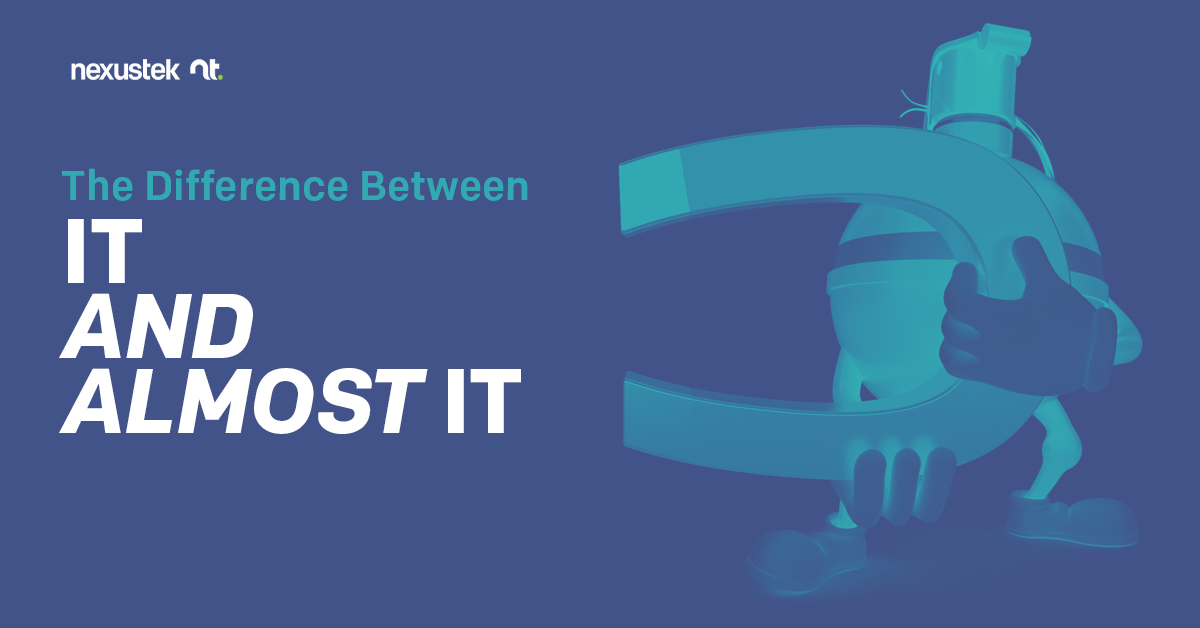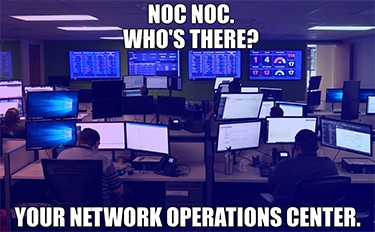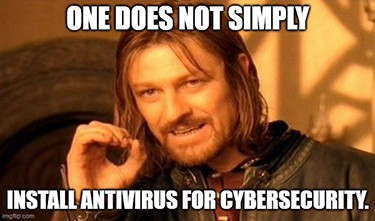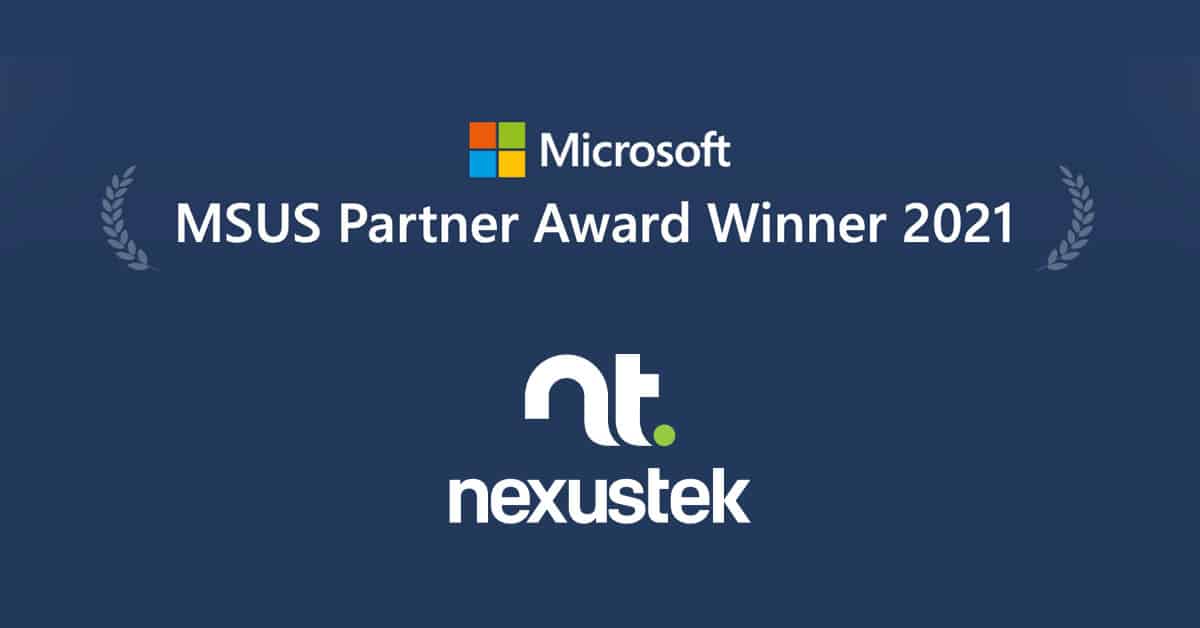
NexusTek Honored with Microsoft US Partner Award
Managed IT services provider receives the 2021 MSUS Partner Award in Modern Workplace for SMB
Denver, CO (July 21, 2021) – NexusTek, a national provider of managed IT services and full IT outsourcing solutions to businesses across the U.S., today announced it was honored with a 2021 Microsoft US Partner Award in the category of Modern Workplace for SMB. The MSUS Partner Awards program recognizes outstanding work by Microsoft’s US partners.
2020 was a challenging year and, like many businesses, NexusTek had to pivot. After utilizing remote IT solutions to transition hundreds of its own employees to work from home in less than a week, NexusTek was well-equipped to enable prospective and current clients alike with similar solutions. One such client, a nonprofit called Raise the Future, was highlighted in NexusTek’s winning Partner Award nomination.

Raise the Future needed to modernize its technologies and operations to maintain and strengthen the success of its mission in reducing the amount of time youth live in foster care—even in a pandemic. NexusTek led the nonprofit’s digital transformation journey that combined Microsoft’s Azure Active Directory and Intune for system and device management, and Teams and OneDrive for file storage. This modernized workplace solution was just the ticket Raise the Future needed to help children find a caring and permanent home in a world on lockdown.
“NexusTek is honored to receive such recognition from Microsoft. We’re passionate about helping our clients achieve their business goals through technology, and implementing the latest Microsoft solutions is critical for organizations to establish a more modern workplace,” said Bill Wosilius, CEO of NexusTek. “2020’s transition to a remote workforce demanded innovative, collaborative solutions to allow employees to securely and productively work from home. Being a national IT services provider that serves small to mid-sized companies, a market that was significantly impacted by the pandemic, we were well-positioned to support many businesses by transforming their IT operations and empowering them to work from anywhere.
“We’re particularly proud of our work with the client featured in our winning nomination. Helping Raise the Future modernize their operations to better connect youth to permanent homes in the middle of a global pandemic, holds a special place in our hearts. It’s why we love what we do,” he concluded.
Microsoft celebrated NexusTek and the other winning partners during the Microsoft Inspire US – Live Community Connection session, led by Bryson, on July 14.
About NexusTek
Trusted by thousands of businesses for over two decades, NexusTek, a national provider of managed IT services and full IT outsourcing solutions, offers a comprehensive portfolio comprising end-user services, cloud, infrastructure, cybersecurity, and IT consulting. Ranked among the top MSPs in North America and a multi-year CRN Triple Crown Award winner, NexusTek’s 24/7/365 domestically-staffed support team designs holistic technology solutions to improve business continuity, productivity, operational efficiency, and cost-effectiveness for companies across the U.S., Canada, Mexico, and the United Kingdom. As an SSAE 18 SOC II certified company, NexusTek conducts yearly rigorous security audits to ensure customer safety and provide optimal service.





